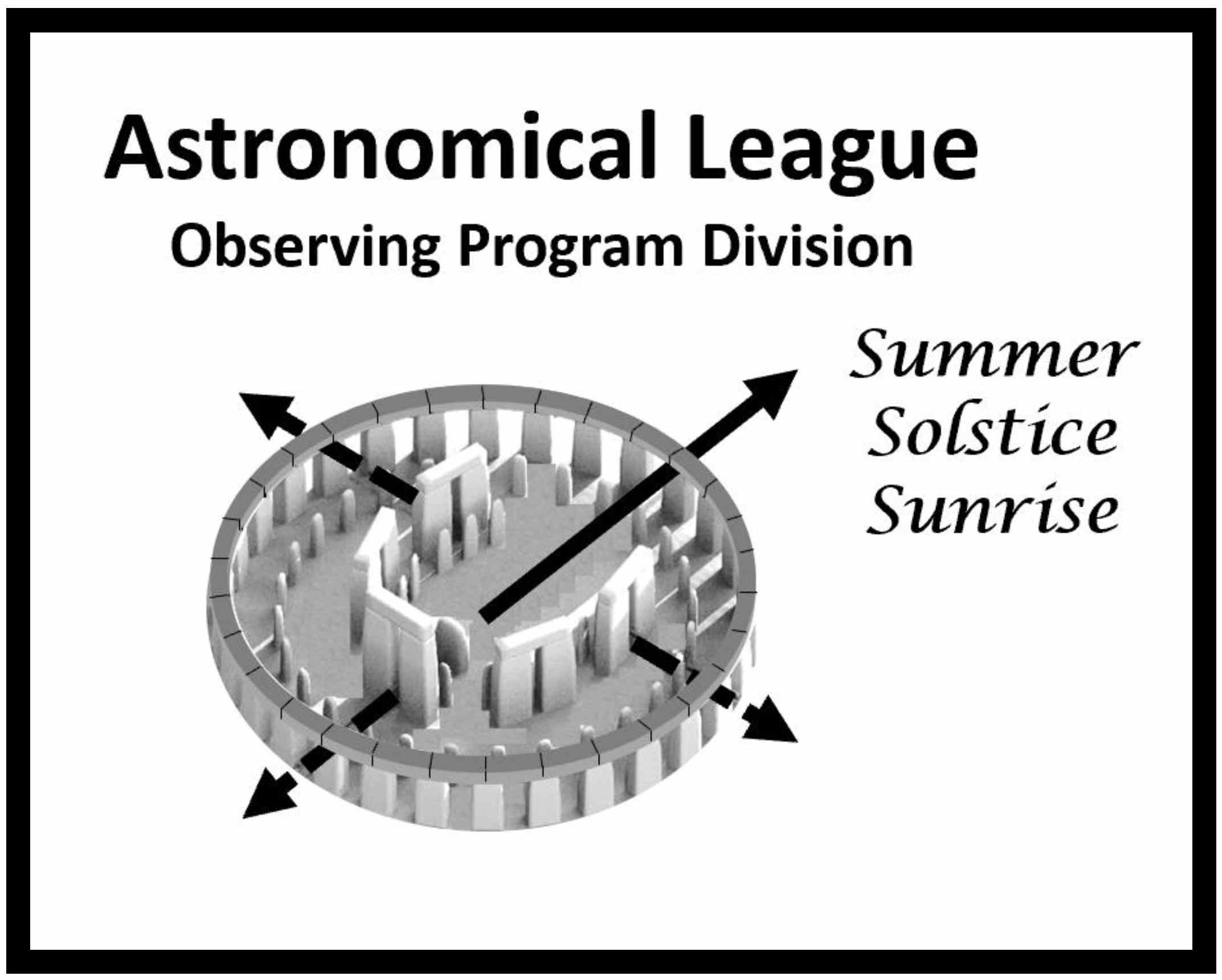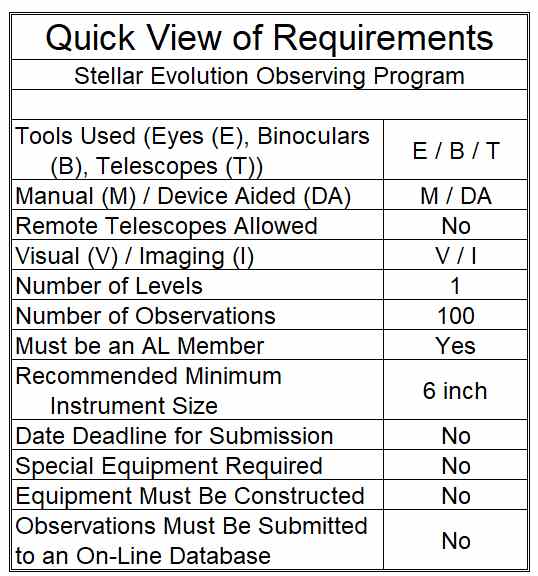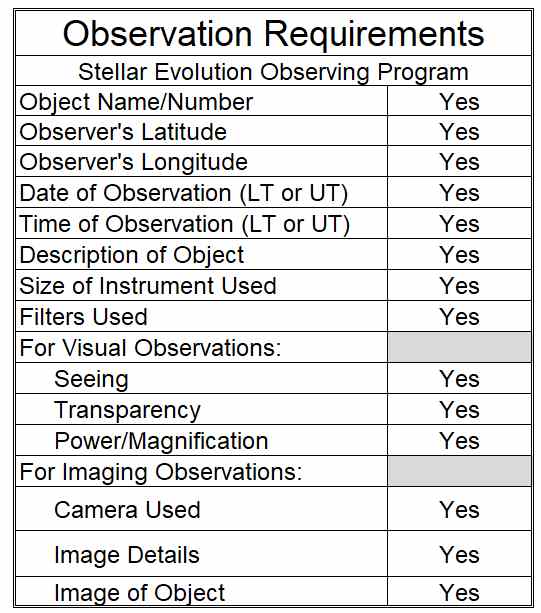|
Solar Eclipse – Special Award Coordinator: |
 |
This was a one-time event. The Astronomical League may opt to do a similar award to commemorte future eclipses.
Eclipse of 2017
Special Note
The deadline is being extended to September 30, 2017 due to the problems associated with Hurricane Harvey.
We also know that people are having issues finding on-line images to use. We will post some as they become available. Those available so far can be found here.
Introduction
2017, the year of the North American Eclipse is here. The path of totality will pass through the middle of the United States, beginning in Oregon, and ending in South Carolina on August 21, 2017. For those fortunate enough to live along the path, or those who have planned ahead and are traveling to the path, there is a rare opportunity to experience a Total Solar Eclipse. The path of the partial solar eclipse is wide and will be visible to many more people in North America. To commemorate the event the Astronomical League has adopted a Special Observing Award. This Special Observing Award will be similar in style and effort to the Mercury and Venus Transit Special Observing Awards. And like those awards, this is an opportunity for Astronomical League members to relive the excitement of the efforts of scientists past.
|
The Submission Deadline is September 30, 2017. A total solar eclipse is a perfect time to find evidence to support Albert Einstein’s General Theory of Relativity. Newtonian physics treats gravity as the attraction of two objects and the effect is based on the mass of the two objects. Photons, the particles of light, are now believed to be massless and therefore should not be affected by the gravity of other objects. (Note: Newton believed that light was composed of particles called corpuscles and that they had some minute mass.) Einstein’s General Theory of Relativity treats gravity as a bending of space in the vicinity of objects of mass. Massive objects should cause a greater curvature in space, and therefore more bending in the path of photons passing nearby. In measuring the change in direction (deflection) of light passing close to the Sun, the General Theory of Relativity predicts a value twice that of the equations of Newton based on corpuscles. |
 |
Warning:
Observing the Sun is the only dangerous activity that astronomers do. Never look at the Sun without proper protection. Looking through equipment magnifies the danger. During totality it is safe to observe the Sun, but be careful and stop direct observing before the end of totality. This is critical. Permanent blindness could result from unprotected observing of the Sun. Before and after totality, for naked-eye observing, solar glasses are available. Telescopes and binocular must use special solar filters that are REQUIRED. Be careful, take no risks with your eyesight.
Background Information
The Recognition: The objective of this Special Observing Award is to try to observe this curvature of light as it passes the Sun during a total solar eclipse. The Astronomical League has chosen to recognize this event with different forms of recognition based on the work of the members.
- There is a downloadable certificate available to those having eclipse events to give to those who have observed a solar eclipse. These may be downloaded, signed by the organizer or astronomer, printed, and distributed.
- There will be three certificates of recognition for members of the Astronomical League who make the effort and try to measure evidence in support of the General Theory of Relativity. The levels recognize that some members may not be able to be on the path of totality, and even some of those who are may be beset by foul weather.
- Level 1: This level recognizes those members who have attempted the measurements using an image taken by them of the stars without the Sun and also an image taken by them during the eclipse. The member performs the astrometry on the images to calculate the deflection of the star’s appearance.
- Level 2: This level recognizes those members who have attempted the measurements using their own personal image taken during” the eclipse, but either used images from the internet for the stars without the Sun, or used astronomical software for the normal positions of the stars.
- Level 3: This level recognizes those members who were not able to use their own images, but attempted the measurements based on images available on the internet.
|
The process is to calculate the deflection of stars that appear very close to the Sun during the total solar eclipse. This will be a very small change with a maximum of only 1.75 arc-seconds from the stars’ normally observed positions. This presents a very difficult challenge to the observer. You need a wide enough field to be able to see stars appearing close to the Sun as well as stars appearing more distant from the Sun. At the same time, you need to have high enough resolution to measure variations in arc-seconds. This may present imaging hurdles that are insurmountable by many amateur astronomers. We are also not sure of how widely images will be available on the internet. The objective is to try to calculate the deflections. |
 |
The Process:
- If you plan to pursue Level 1:
- Determine where the Sun will be relative to the background stars in the location and at the time when you plan to observe the total solar eclipse. This website: http://xjubier.free.fr/en/site_pages/solar_eclipses/TSE_2017_GoogleMapFull.html seems to have a very good interactive map to allow the user to calculate the exact timing of the eclipse anywhere along the path of totality. For example, for Casper, WY, the time of maximum eclipse is August 21, 2017 at 17:43:53 UT. (That should be 11:43:53 local time in Caspter, WY.) Use planetarium software such as The Sky to determine the Sun’s location at that time. That is the star field that you need to capture.
- Take an image of the star field that provides location data of those stars that will be very close to the Sun as well as stars more distant. It must be of high enough resolution to allow measurements accurate enough to show positions to arc-second precision. It would be wise to take multiple images that overlap to compensate for any variation in the time or exact location of your imaging during the eclipse. This is the relaxing part of the imaging. If you have difficulties on your first attempt, you will have many opportunities to try again. This may be done any time that you can see the star field in the nighttime sky. This would be from now to early July.
- For Level 2 or Level 3 you will be either using images from the internet, other observers, or software to get the normal positions for your stars. This is also the “fallback” position in the event that the images you capture end up not being the star field that you need to compare with the images you take during the eclipse.
- If you plan to pursue Level 1 or 2:
- Practice taking images of the Sun. Use proper solar filters. You will not be able to see any stars, but you can test your field of view and confirm that you will have sufficient resolution to measure arc-seconds of deflection. When the eclipse happens, totality will last for a maximum for a few minutes. Your actions will need to be automatic.
- Practice some more…
- On the day of the eclipse, set up your equipment well ahead of time and practice again.
- During the eclipse take multiple images and use a variety of camera settings. Remember that without the brightness of the Sun, the exposures will likely need very different camera settings. Since this is likely to still be part of the current sunspot activity minimum, the visible corona should be relatively modest during totality and more stars may be visible nearer to the Sun. Remember, you will only have a few minutes to attain your images.
- Regulus is nearby during the eclipse. It is far enough away from the Sun that the deflection of its appearance is approximately 1/3 arc-second. If you use this as a reference star there will be some error in your measurements, but it should be small compared to the deflection of stars close to the Sun. The maximum deflection you can expect for a star appearing on the limb of the Sun will be 1.75 arc-seconds.
- Do astrometry on your images (Level 1), on a combination of your image and another source (Level 2), or on images and data from other sources (Level 3). One way would be use Maxim DL with Visual Pinpoint to process the images. That is how the Coordinator intends to analyze his images. In a test, it was possible to attain a resolution of 1/2 arc-second.
- Submit your analysis to the Coordinator. Your work must be in the hands of the Coordinator by the Submission Deadline: September 21, 2017 to participate in this Special Observing Award.
The Equation:
Albert Einstein’s field equation reduces to:
- α = the angular deflection caused by General Relativity.
- G = the gravitational constant
- M = the mass of the Sun (in our case)
- C = the speed of light
- R = the point of closest approach of the photons to the Sun
A useful equation is to calculating the angular difference between two right ascensions and two declinations. The Equation is: ![{\displaystyle \theta =\cos ^{-1}\left[\sin(\delta _{1})\sin(\delta _{2})+\cos(\delta _{1})\cos(\delta _{2})\cos(\alpha _{1}-\alpha _{2})\right]}](https://wikimedia.org/api/rest_v1/media/math/render/svg/d9b68d5194ddd452953cfb49087bbbb1d1c0a6b2)
A Little History of Past Attempts: It all began in 1915 when Albert Einstein presented in General Theory of Relativity. As with any scientific theory, it must be tested. One area to test was the bending of light due to gravity curving space, and an opportunity was presented to scientists in the 1919 Eclipse.
On May 29, 1919 Sir Arthur Eddington attempted to show that light did indeed bend due to the effect of gravity. He had travelled to the island of Principe, off the west coast of Africa, to take pictures of the eclipse. The images were of poor quality but did show the expected deviation.
The test was confirmed and enhanced by the Lick Observatory during an eclipse in 1922. The experiment has been done many times since then. Yerkes Observatory captured the data in 1953, and in 1973 by the University of Texas.
Submitting for Certification
This certification is available to members of the Astronomical League, either through their local astronomical society or as members at large. If you are not a member and would like to become one, check with your local astronomical society, search for a local society on the Astronomical League Website (click here), or join as a member at large (click here).
|
Submissions may be done electronically (preferred) or through normal mail. Be sure that those sent through normal mail are mailed early enough to get to the coordinator prior to the deadline. The Submission Deadline is September 30, 2017. |
 |
If you are sending it through normal mail, please email the Coordinator to let us know it is in the mail.
What to send:
- Your name
- Your mailing address
- Your email address
- Your phone number
- Latitude and Longitude of your observing location as well as the closest city, or this information for images from other sources
- The name of your astronomy club affiliation or Member-at-Large
- Whether you want the award to be sent to your club’s Award Coordinator, and if “yes” then their name and postal address
- The image you used of the stars during the eclipse and the date and time when the image was taken
- The image you used of the stars not during the eclipse (Level 1 or Level 2) and the date and time when the image was taken or the name of the astronomy software that you used to get the information for the location of the stars
- The name of your reference star(s) in the eclipse image
- The name of your target star(s) in the eclipse image
- The deviation measured – show your work.
The pins will be ordered after the submission deadline. The awards will be distributed once the pins are made and have arrived.
The Submission Deadline is September 30, 2017.
Solar Eclipse – Special Award Coordinator:
Links:
There are many great references available on the internet that discuss the science as well as the process for attempting to test the General Theory of Relativity.
- Testing the theory from Sky and Telescope: http://www.skyandtelescope.com/sky-and-telescope-magazine/beyond-the-printed-page/my-do-it-yourself-relativity-test/
- Information from NASA on testing relativity: https://eclipse2017.nasa.gov/testing-general-relativity
- NASA general information on eclipses: https://eclipse2017.nasa.gov/eclipse-101
- NASA information on the 2017 eclipse: https://eclipse.gsfc.nasa.gov/SEmono/TSE2017/TSE2017.html



